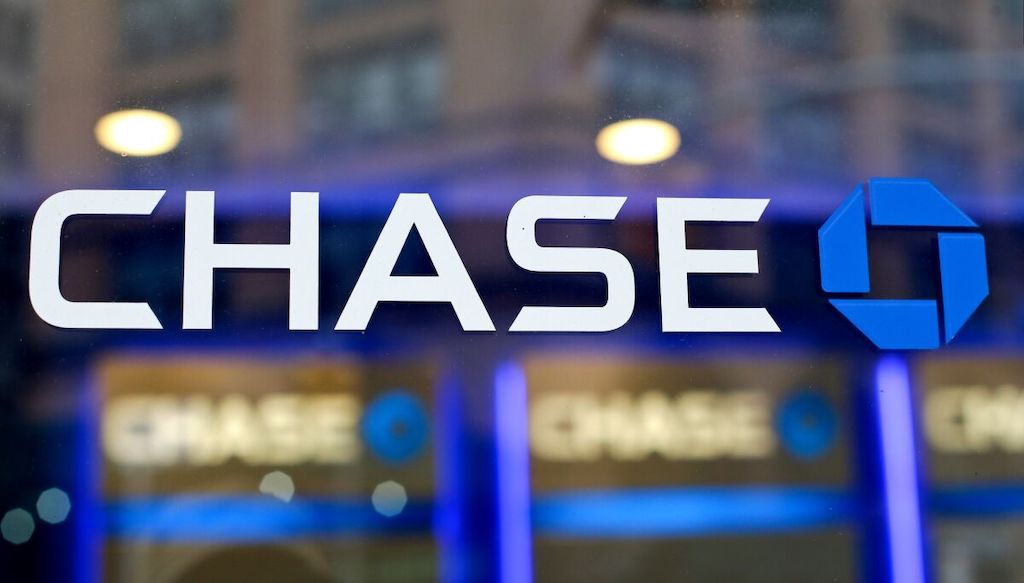With more than 220 branches, Chase Bank is one of the most prolific bank chains in the United States, and one of the banks most likely to receive direct deposits from employers. But how long should employees wait before they can start using their money?
How long does it take Chase to process a direct deposit? Chase Bank usually takes around 2 business days to process a direct deposit. If you do not see your direct deposit within 2 business days, it may be the fault of your employer or technical difficulty. If your deposit was scheduled for a weekend or holiday, it will not appear until the next business day.

Direct Deposits With Chase
There are a few steps you need to take to switch from receiving paper paychecks to having your earnings directly deposited into your account. Once established, they usually only take 2 business days to arrive in your Chase account. Most customers receive their paychecks between 3–5 a.m. EST.
First, you must change your Chase account settings online. Go to “Account Services,” then “Set up direct deposit form.” You can visit this page to get started; if you have an account with Chase already, they will fill many of the blanks in for you.
Next, take the completed form and a voided paycheck to your employer’s payroll department. Wait for them to deposit your paycheck into your bank account. It may take two pay cycles for your direct deposit to take effect.
After you have your direct deposit set up, check your monthly statement online to be sure that you are getting your direct deposit. If it is your first direct deposit, there may be a longer wait than usual. Contact Chase’s customer service here if you continue to have problems.
What Might Affect My Direct Deposit?
Usually, Chase is excellent at getting direct deposit money into your bank account. However, no system is perfect. Here are a few things that can go wrong:
- Technical difficulties. Chase has computers just like everybody else.
- Your employer made a mistake. The most common mistake is filing late.
- Chase does not register deposits on weekends or holidays. If your deposit was made automatically on a weekend or holiday, allow for extra time. Your deposit will appear in your account within a few days, probably the next business day.
If you still do not see your direct deposit after a few days, call Chase customer service or pay a visit to your bank in person. A Chase representative should be able to fix whatever issue you are having.
Does Chase Offer Early Direct Deposit?
Some banks offer “early direct deposit,” a service that allows direct deposits to be made and manipulated before the paycheck is fully processed. But Chase does not offer early direct deposit. All this means is that the money arrives in your account on payday rather than any earlier.
On the bright side, there will not be any delays when you finally get your direct deposit in your Chase account. Deposits are usually available the same day they’re made, and funds are accessible immediately. But if you are used to early direct deposit, it is worth knowing that Chase does not offer the service.
Should I Put My Direct Deposit Into My Chase Checking or Savings Account?
Many employees will opt to put their paychecks into their bank accounts via direct deposit. But the type of account matters more than one might think at first. Different account types offer different options for your hard-earned money.
There are two basic types of accounts that can receive direct deposits: checking accounts and savings accounts. This table will help you understand the differences between getting direct deposits into your Chase checking or savings accounts.
| Account Type | Pros | Cons |
| Checking Account | No withdrawal limit; can be used for regular checks as well as a direct deposit; access to ATMs; online/mobile services such as bill pay | Potential fees; extra fees for foreign ATM withdrawals; no earned interest. |
| Savings Account | Earned interest; access to branches. | Limited withdrawal capabilities; potential fees. |
Depending on your financial goals, you may want to put your paychecks into one type of account or another. Chase recommends having both a checking and savings account—one to use and one as a nest egg. After that, you can set your accounts such that a given amount will be sent from your checking account into your savings account every month.
Conclusion
Getting your paycheck by direct deposit is the easiest, fastest, and safest way to receive your money. If you are using Chase for your direct deposits, your money will usually show up in two business days. After that, it will be ready for you to use.
But mistakes do happen. If you give the bank system time to catch up, and your funds still do not appear, contact your employer first; they may have delayed their deposit just enough to miss a business day. And if your usual payday falls on a holiday, that will also delay your direct deposit.
Most problems with Chase direct deposits can be solved by waiting a few business days, especially if the deposit was scheduled for a weekend or holiday. If that is the case, the best solution is patience. Call customer service when that patience fails you, but more often than not, everything will be okay!
